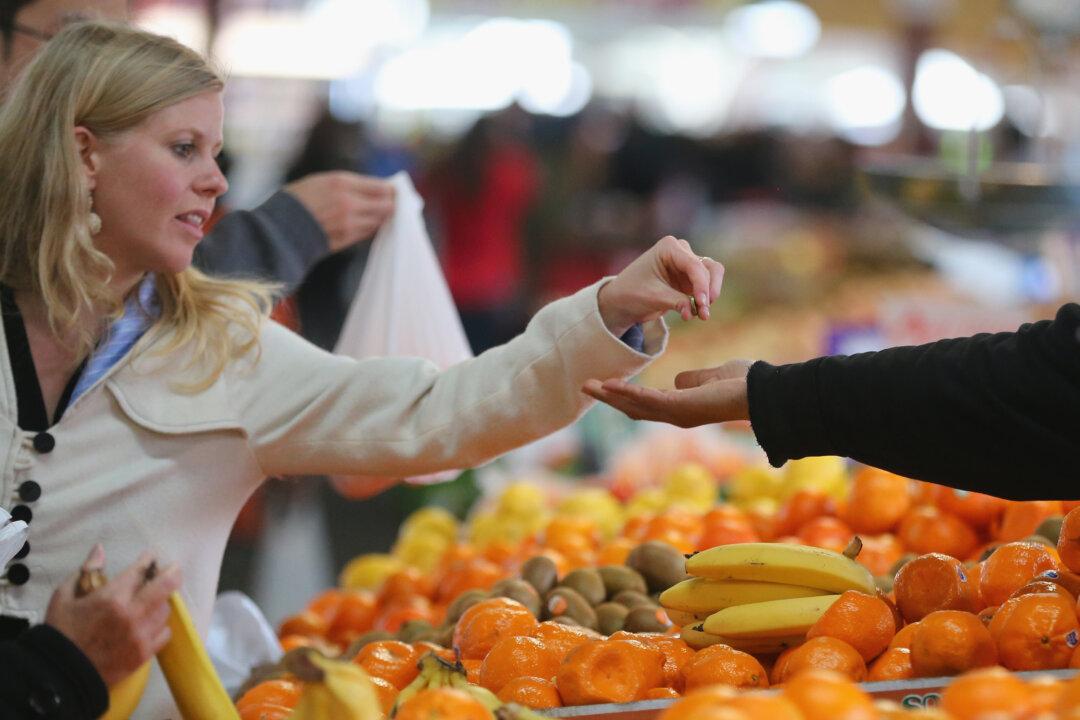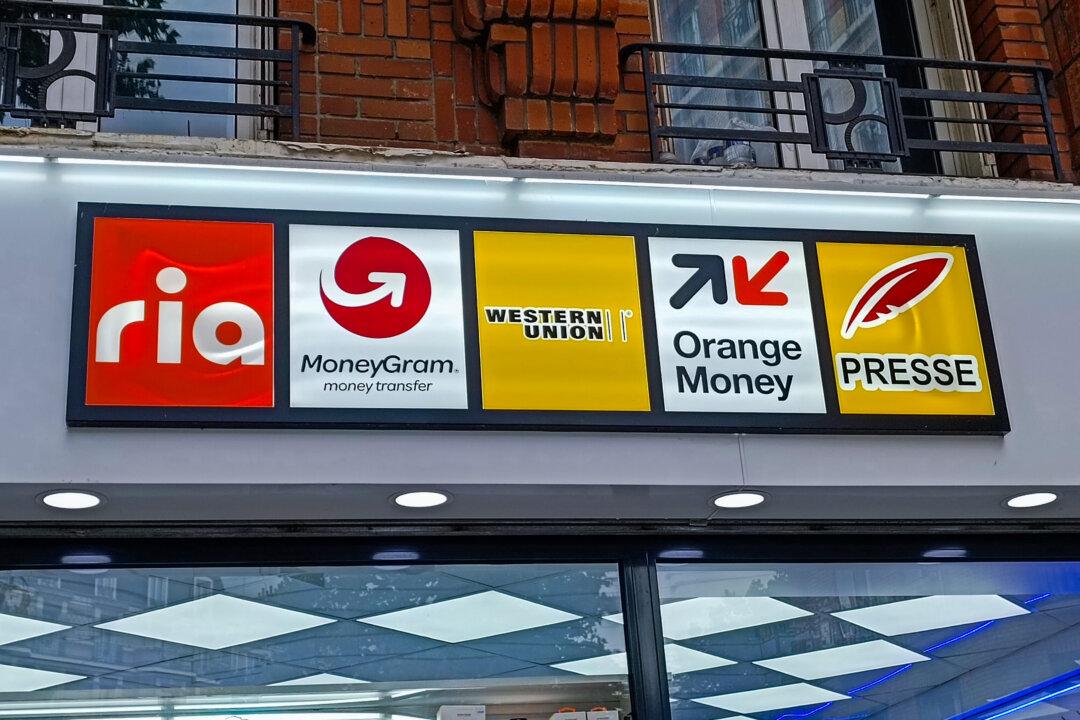Australia’s inflation dropped further in July as the price growth of many consumer products stabilised, prompting economists to expect the Reserve Bank to pause its interest rate hiking cycle again in September.
Data from the Australian Bureau of Statistics (ABS) showed that the monthly consumer price index (CPI) grew by 4.9 percent in the year to July, down from 5.4 percent in June.





